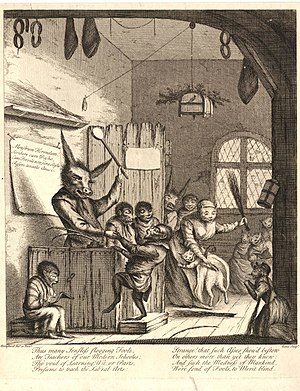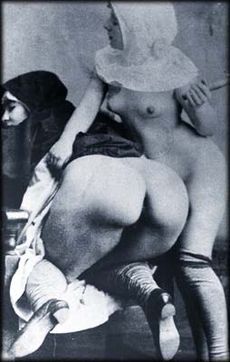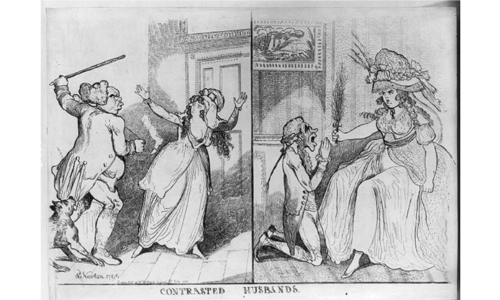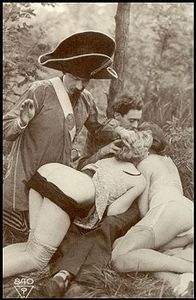Satire
A work of art is called satire when it criticizes society, institutions, or ideas by using humor to show their faults or shortcomings. This can be done by means such as ridicule, sarcasm, irony, parody, exaggeration, comparison or analogy, and is ideally done with an intent to bring about improvement.
Elements and applications
Unlike parodies (which mock specific individuals and works of art), Satires usually have a serious message just below the surface that goes beyond mere entertainment. They are generally constructed around a fictional or fantasy framework (as in Jonathan Swift's Gulliver's Travels, et al.) that uses humor to point out social problems or soften an angry attack on something the author strongly believes or disapproves.
Satire can also be gentle, as in Cervantes' Don Quixote (1605-1615), a sympathetic study on the folly of self-delusion.
The satirist may also use irony, professing to celebrate the type of thinking or actions he despises. This often involves a darker, more bitter form of humor. Classic examples of ironic satire from the literature include Swift's A Modest Proposal (1729) and Voltaire's novella Candide (1759). Voltaire's witty book mocked society's naive acceptance of moral authorities and was widely banned for its religious blasphemy, political sedition, and intellectual hostility.
The deliberately outrageous sadomasochistic stories of the Marquis de Sade, especially Justine and Philosophy in the Bedroom, show similar use of irony and bitter satire. Sade's notorious tales of sexual antics ridicule the hypocrisy he saw in the upper echelons of society.
Any form of art can be satirical, such as works of literature, visual art, performing art, sequential art, or film. Satire is often found in caricatures and cartoons. However, works of irony, parody or caricature are not necessarily satirical – they are only called satirical when they criticise shortcomings of the portrayed.
Spanking and satire
Underground books of erotic flagellation stories (i.e., Spanking novels) from the Victorian era and Edwardian era were sometimes satirical. For example, The Confessions of Georgina (1893) and Birch in the Boudoir (1905) ridicule the hypocrisy and perversity of Victorian morality. Many others, such as The Convent School, or Early Experiences of A Young Flagellant (1876) take aim at religious institutions.
Photographers or erotica (see spanking in photography) followed a similar path with images that reversed the conventions of their class-conscious society. Maids beat their mistresses with birch rods, aristocratic men grovel before powerful dominatrices, nuns and priests indulge in orgies of whipping and sexual depravity.
Fetish films
Starting with the earliest silent stag party films of the 1920s, some of these old themes, along with many new subjects of satire, crossed over into the motion picture era and continues to the present day.
Lupus Pictures, the spanking video producer in the Czech Republic, has used satire in many of their films. The absurdity and abuse of totalitarian Communist rule in Eastern Europe is recurring in several period piece stories.
This is seen in Too Many Fathers (set in 1948), the three-part Stalin series (set in the '50s), Red Reformatory: Old Friends, and Red Reformatory: Teddy Bear (a Communist girls' reformatory in the '50s), plus Comrade Balcar: The Game, Comrade Balcar: The Informer (set in the '60s).
A more contemporary story called The Great Expectations is set in a Communist party training camp for youths in the 1980s.
There is also The Noise, a futuristic tale based on George Orwell's dystopian novel Nineteen Eighty-Four (which was essentially a veiled critique of Stalinism).
Lupus tells fables on greed such as Fairy Tale 2: The Magic Purse and shows how the police and politicians are easily corrupted in Tales From The Sin District: The Cathouse and Tales From The Sin District: Close Encounters.
Mood Pictures a Hungarian spanking company, also occasionally does subtle critiques of the years when Hungary was under Communist control, as seen in the Ancient Regime and Martial Law series.
Gallery
French historical satire from Ostra Studio (c. 1930s).
See also
- More information is available at [ Wikipedia:Satire ]
| This article may be based upon (or include) information from SpankingArt.org under GFDL license |
Chat rooms • What links here • Copyright info • Contact information • Category:Root



